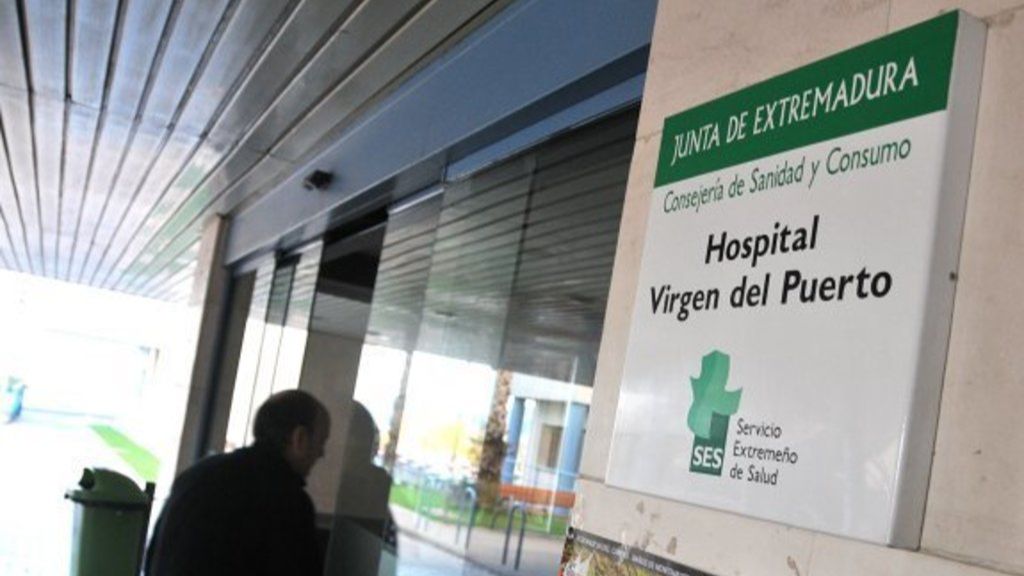Case of Crimean-Congo virus haemorrhagic fever confirmed in Extremadura

The Extremadura Health Service (SES) has reported a new case of haemorrhagic fever caused by the Crimean-Congo virus in the health zone Plasencia (Extremadura). He is a 65-year-old man admitted to the Virgen del Puerto hospital in Plasencia, who is currently undergoing treatment. stable.
The patient had lived in Madrid and Plasencia for several days before the onset of symptoms; and the location where the tick bit him is unknown. They have already been confirmed four cases in 2024previous one, in Andalusia in the same month.
The patient is about to be transferred to the Gomez Ulla Hospital in Madrida reference center for the treatment of this type of infection, a fact that reinforces the family’s request.
Since the SES became aware of this case, all the measures and actions established for this type of pathology, collected within the RENAVE (National Epidemiological Surveillance Network of Spain), have been implemented.
Portugal registers first case
Across the border, Portuguese health authorities said August 14th last year The laboratory has identified the first case of Crimean-Congo hemorrhagic fever (CCHF). It The patient, now deceased, was a man over 80 years old. Portuguese nationals residing in the district Braganza (north of the country and the border with Spain). His symptoms began to appear in July after some activities. agricultural activities.
Main Directorate of Health (GDS) initiated an epidemiological investigation and measureswhich include identifying possible contacts of the deceased, who has no evidence that he traveled abroad.
“No contacts with possible symptoms or additional cases of the disease have been identified. Enhanced entomological studies to collect ticks in the area where he lived are ongoing,” the statement added.
The health authority has assured that there is no risk of outbreak or human-to-human transmission. “which suggests that this is a rare and sporadic case.” However, he gave the public a number of recommendations, which include, among other things, avoiding vegetation, using repellents, covering skin and checking clothing, skin and scalp when returning from outdoor activities.
General symptoms: fever, headache, myalgia and dizziness.
Common symptoms of this hemorrhagic fever are sudden onset of fever, headache, myalgia and dizziness, lasting about four or five days.Other symptoms may also occur, such as diarrhea, nausea, or vomiting, as well as flushing (redness) of the face, neck, or chest, eye congestion, or conjunctivitis.
He incubation period after contact with infected blood or tissue usually five or six dayswith a documented maximum of 13 days.
Expert recommendations
To avoid tick bites, the SES recommends do not pass through areas with tall grasssince these insects usually wait for their host on the tops of vegetation; Try to walk in the center of paths, and not sit or lie on their edges.
It is also recommended not to touch livestock and wild animals. Wear suitable light-colored clothing, long pants tucked into socks, long sleeves, a cap, and a T-shirt tucked into pants. It is also recommended use acaricidal repellents suitable commercial products and maintain adequate antiparasitic treatment of dogs.
After returning from the field, it is recommended take a shower and check for ticksand stuck to the body and lWash clothes with hot water.